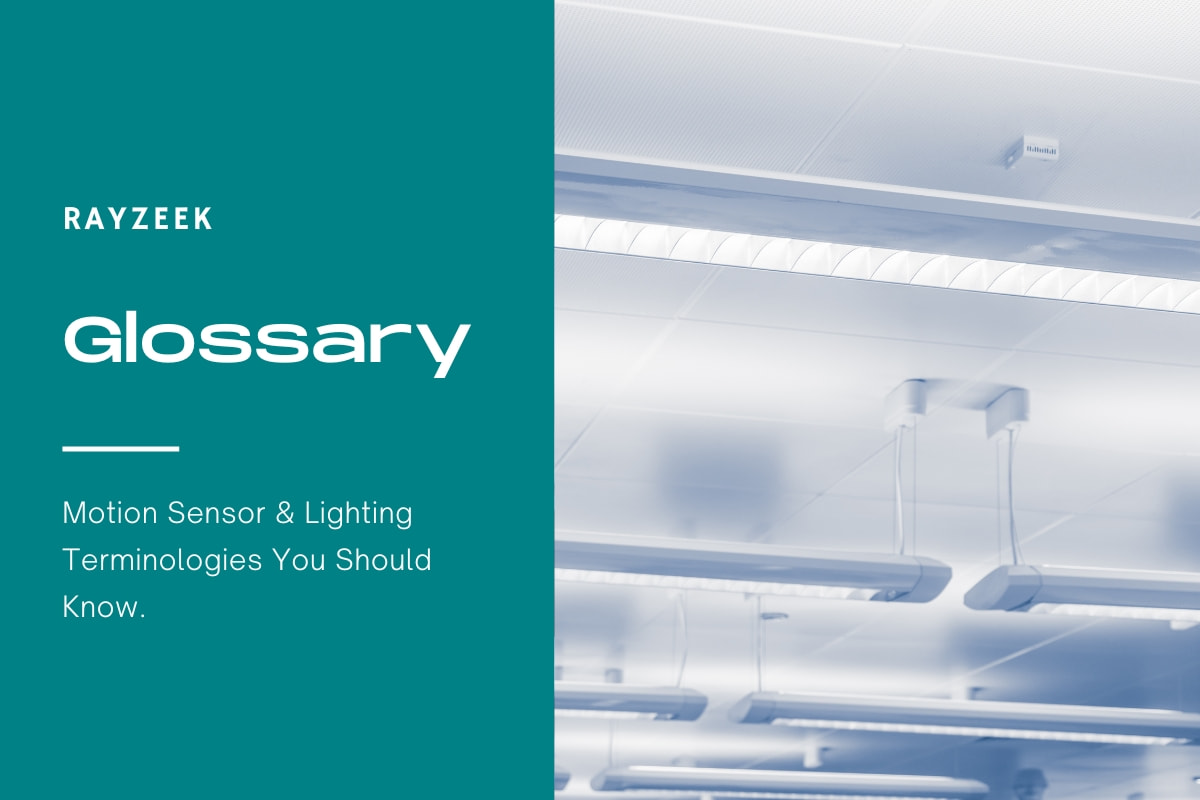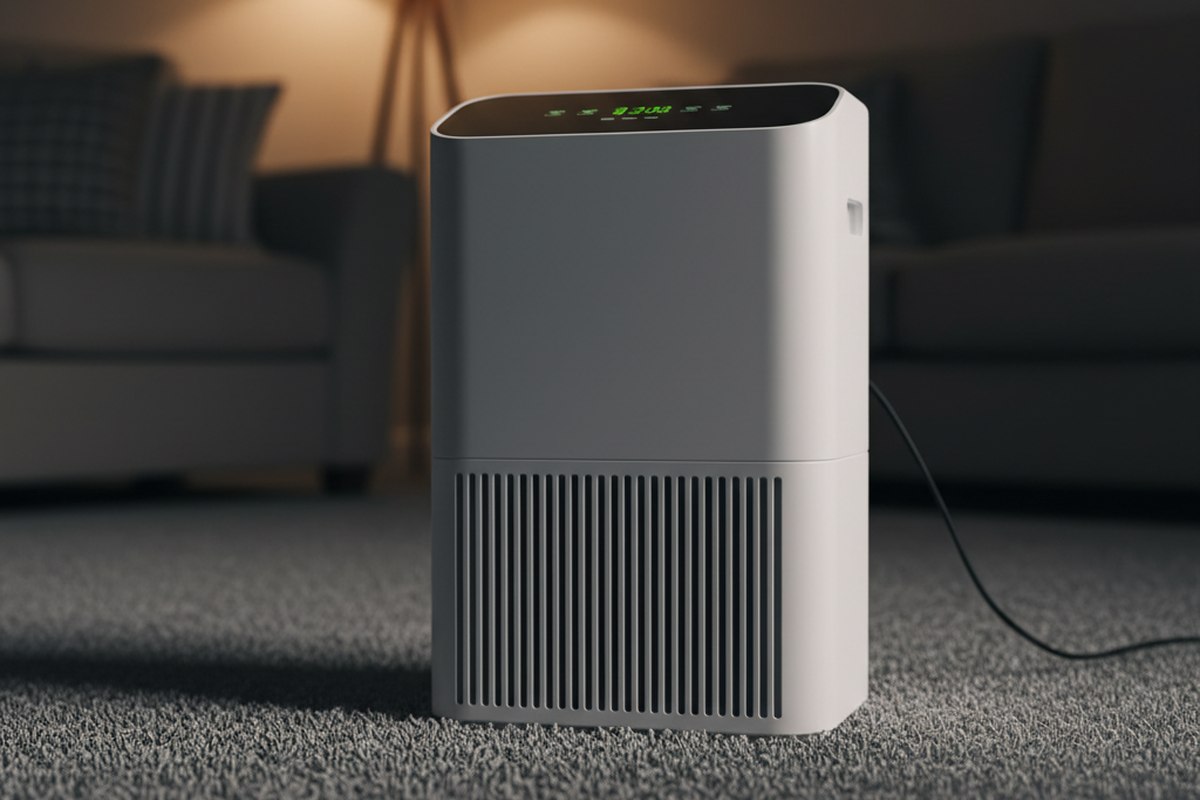What is Harmonic
In the lighting industry, the term “harmonic” refers to a component of a distorted or non-sinusoidal periodic signal that has a frequency that is a non-zero even integer multiple of the fundamental frequency of the signal. Harmonics can occur in currents or voltages and are typically caused by non-linear loads in the electrical system.
Get Inspired by Rayzeek Motion Sensor Portfolios.
Doesn't find what you want? Don't worry. There are always alternate ways to solve your problems. Maybe one of our portfolios can help.
Harmonics can lead to various issues in the lighting industry. One common problem is flickering lights, which can occur when there are rapid fluctuations in load current or voltage, particularly in machinery. Examples of machinery that can cause flickering lights include large motors during startup, machinery with cyclo-converters like rolling mill drives and mine winders, and machines that use static frequency converters such as AC motors and electric arc furnaces.
Another issue caused by harmonics is the overheating of transformers and the tripping of breakers. This occurs when non-linear loads draw current in abrupt pulses rather than in a smooth sinusoidal manner. The harmonic currents generated by these non-linear loads can flow back into other parts of the power system, resulting in overheating of transformers and the tripping of breakers.
To measure the presence of harmonics, the Total Harmonic Distortion (THD) is often used. THD is the sum of all the harmonic effects and is typically measured up to the 50th multiple of the fundamental frequency (60 Hz in the U.S.) or at 3 kHz. It is recommended that the voltage harmonic effects should be less than 8 percent relative to the fundamental frequency, and values above 8 percent should be further investigated.
Looking For Motion-Activated Energy-Saving Solutions?
Contact us for complete PIR motion sensors, motion-activated energy-saving products, motion sensor switches, and Occupancy/Vacancy commercial solutions.
Frequently Asked Questions
What Causes Electrical Harmonics
Harmonics occur when there are nonlinear loads that convert AC line voltage to DC. These harmonics enter the electrical system due to the presence of nonlinear electronic switching devices like variable frequency drives (VFDs), computer power supplies, and energy-efficient lighting.
Does LED Lighting Cause Harmonics
With the installation of LED lighting, there is a possibility of harmonic distortion arising from the load. This distortion can lead to equipment and electrical distribution network strain, resulting in higher maintenance expenses and downtime. It is important to note that sometimes the effects of harmonic stress may not be apparent until there is a complete equipment failure.
How Does Harmonics Affect Power Quality
Harmonic currents have a negative impact on power quality by causing an increase in the r.m.s. current in electrical systems. This, in turn, leads to a deterioration in the quality of the supply voltage. Additionally, harmonics put stress on the electrical network and have the potential to damage equipment. They can also disrupt the normal operation of devices and result in higher operating costs.
How Do You Check Harmonics in a Power System
Measure the total harmonic distortion (THD) using a clamp meter that has the capability to indicate harmonics. Ensure that the THD for voltage does not exceed 5%, while the THD for current may be considerably higher. To gain more insight into the magnitude and impact of each harmonic, utilize a power quality analyzer.
Does Harmonics Affect Voltage
Harmonic voltages, which are produced when harmonic currents flow against the impedance of the harmonic, can result in notable overvoltages. These overvoltages have been observed to cause equipment malfunctions, with capacitors being especially vulnerable to these effects.









